French cuisine is celebrated worldwide for its exquisite taste, simplicity,
and refined elegance. The secret behind the iconic flavors of French dishes
lies in the carefully selected pantry staples that bring a touch of magic to
every recipe.

In this article, we'll take a closer look at some of the must-have staples
that every French pantry should have.
Flour Varieties: The Foundation of French Baking
A French kitchen without a selection of quality flours is inconceivable.
All-purpose flour serves as the cornerstone for bread, pastries, and
pasta.
Meanwhile, the distinctive characteristics of bread flour make it perfect for
crafting crusty baguettes, while pastry flour ensures delicate pastries like
croissants puff up beautifully.
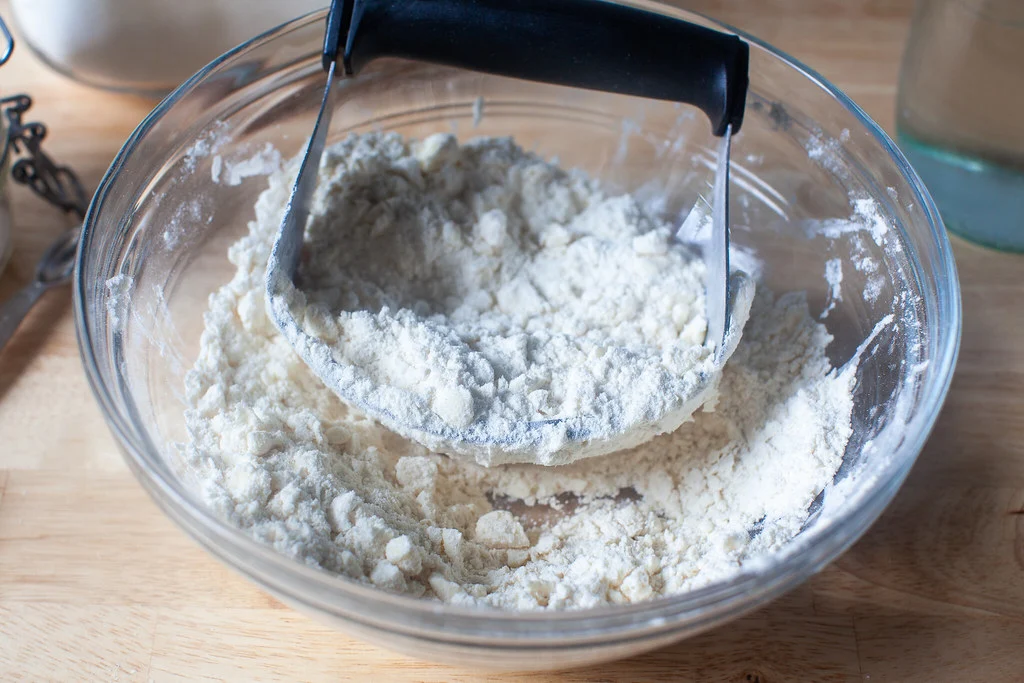
Together, these flours lay the foundation for the artistry of French baking.
Butter: The Heart and Soul of French Cooking
Butter is the lifeblood of French cuisine, playing a central role in sauces,
soups, pastries, and desserts. French butter, often made from unpasteurized
cream, boasts a richer flavor that elevates the taste of every dish it graces.
Forget baguettes, croissants, and macarons - the secret
to French cuisine starts in the pantry! It's all about the flour power. You'll
need an all-rounder (think all-purpose flour) for your daily bread, pastas,
and pastry basics.
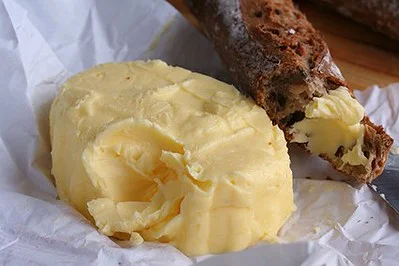
But for that perfect baguette crust or airy croissant layers, you'll want to
level up. Grab some high-protein bread flour - it's your key to golden crusts
and chewy perfection. And for delicate desserts that melt in your mouth, reach
for the pastry flour.
Its low-protein magic gives you light, tender pastries that will have you
saying "oui oui" with every bite!
Olive Oil: Liquid Gold in French Cooking
Imagine vibrant green salads glistening with emerald droplets, tender
vegetables bathed in a golden glow, and the finishing touch of a drizzle
that elevates each dish – that's the magic of olive oil in French cooking.

For French chefs, it's not just a fat, it's liquid gold, and extra virgin
reigns supreme. This highest quality oil, cold-pressed from the first pick
of olives, boasts a complexity of flavors – grassy, fruity, peppery – that
sings in every uncooked application.
Olive oil isn't just for salads and veggies; it's the base for flavorful
marinades, the secret weapon in vinaigrettes, and the key to perfectly
crisped pan-fried fish. So, stock your pantry with this versatile nectar and
unlock the subtle sophistication it brings to French cuisine.
Salt and Pepper: The Foundation of Flavor
French cuisine is a symphony of taste, and the conductors? Salt and pepper.
Beyond mere seasoning, they're the foundation of flavor, the yin and yang
that bring every dish to life.
Sea salt takes center stage, its coarse crystals boasting a mineral-rich
complexity that table salt can't compete with. Each flake whispers of the
ocean, its gentle salinity coaxing out the natural sweetness of vegetables
and amplifying the savory goodness of meats.

Freshly ground black pepper joins the dance, its pungent aroma and sharp
bite adding a touch of heat and intrigue. A few twists of the grinder
unleash a flurry of tiny, volatile oils, infusing each dish with a vibrant,
peppery punch.
Together, they're partners in culinary alchemy. A sprinkle of salt awakens
dormant flavors, while a touch of pepper adds depth and dimension. Their
delicate balance is the cornerstone of every French recipe, from simple
salads to rich stews.
In the hands of a French chef, salt and pepper aren't just seasonings;
they're tools of precision, used with an artist's touch to sculpt flavor
profiles and bring out the best in every ingredient. So, next time you cook,
remember the French secrets to success: reach for sea salt and freshly
ground pepper, and witness the dance of flavors they create.
Herbs: A Symphony of Fresh Flavors
Imagine the aroma of parsley, bright and grassy, dancing with the earthy
warmth of thyme. Picture the sweet anise whispers of tarragon weaving
through a delicate sauce, or the subtle oniony bite of chives adding zest to
a buttery mash. This, my friend, is the symphony of fresh herbs in French
cuisine.

These leafy stars aren't just garnishes; they're flavor chameleons,
transforming simple dishes into works of art. Parsley, the ubiquitous
emerald companion, brings vibrant freshness to salads, soups, and sauces.
Thyme, with its woody, peppery notes, is a key player in roasts, stocks, and
aromatic bouquets garnis.
For a touch of sophistication, tarragon lends its licorice-like whisper to
creamy sauces, fish dishes, and even vinaigrettes. And don't underestimate
the humble chive, its mild oniony punch livening up everything from eggs to
potatoes to dips.
But the beauty of French herbs lies not just in their variety, but also in
their versatility. Fresh, they sing with bright, vibrant notes, while dried
offer a more concentrated warmth. A sprinkle of chopped parsley awakens a
salad, while a sprig of thyme infuses a broth with depth.
Wine: Elevating Flavors to New Heights
In France, wine isn't just a drink, it's a liquid brushstroke painting dishes
with nuanced flavors. Red wines weave warmth and richness into stews and
braises, like a splash of.
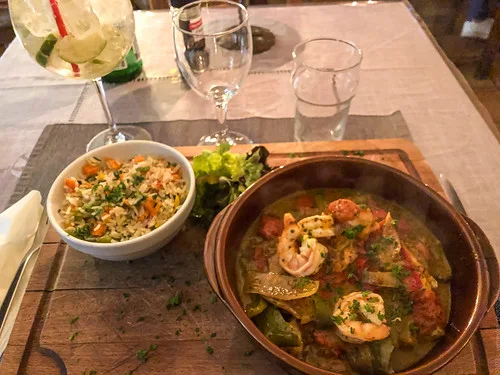
White wines dance with seafood and vegetables, adding delicate acidity and
brightness, like a touch of . Even the celebratory champagne gets a culinary
spin, bringing effervescent elegance to sauces and risottos, like a sprinkle
of.
This marriage of wine and food is a cornerstone of French cooking, blending
tradition with contemporary creativity. Think of it as infusing French spirit
into every dish, one sip at a time.
Vinegar: Versatility in Every Drop
Vinegar in France isn't just a pantry staple, it's a flavor chameleon,
weaving its acidic magic into both savory and sweet creations. Each variety
brings a unique personality to the table, adding layers of depth and
complexity to French cuisine.
Wine vinegar, the classic French choice, comes in shades of red,
white, and even champagne. Imagine a ruby-hued splash of red wine vinegar
livening up a rustic lentil salad, or a delicate drizzle of white wine
vinegar brightening a seafood stew.
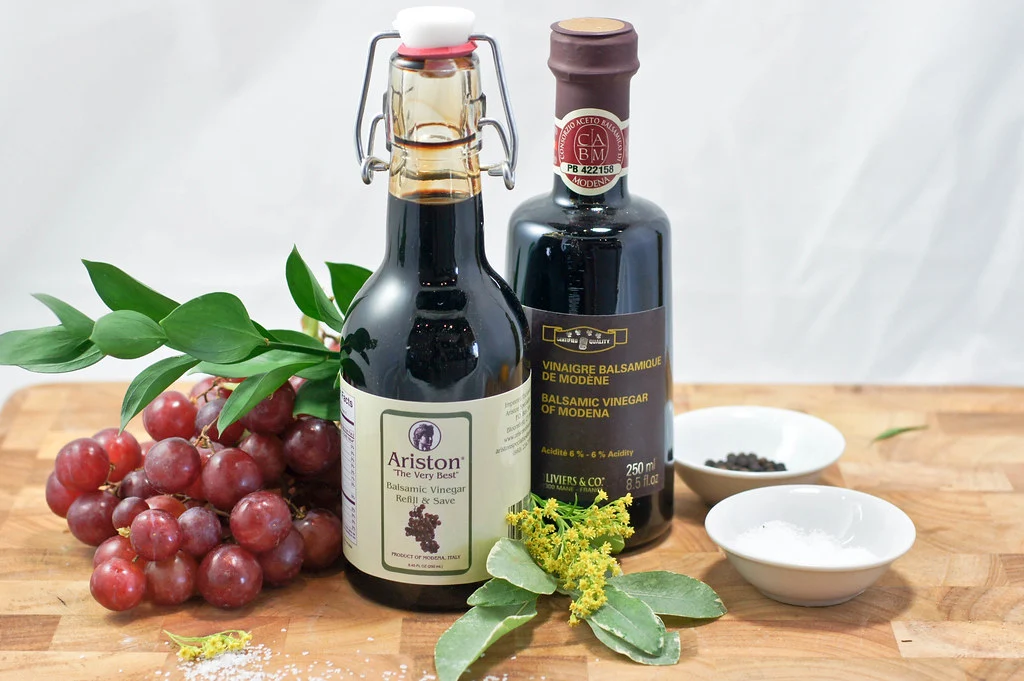
Balsamic vinegar, that Italian superstar, finds a warm welcome in
French kitchens too. Its rich, sweet-tart notes add a touch of
sophistication to salad dressings, glazes for roasted vegetables, and even
reductions for drizzling on desserts.
And don't forget cider vinegar, the bright, apple-kissed cousin from
Normandy and Brittany. Its crisp acidity brings a vibrant edge to
vinaigrettes, cuts through the richness of pork dishes, and even adds a zing
to chutneys and marinades.
Dijon Mustard: A Punch of Flavor
Ah, Dijon mustard – the punchy little secret weapon of French cuisine!
Hailing from the historic city of Dijon (hence the name!), this condiment
isn't for the faint of heart. Its mustard seeds pack a zesty, complex punch,
unlike the mellow yellow mustard you might be used to.
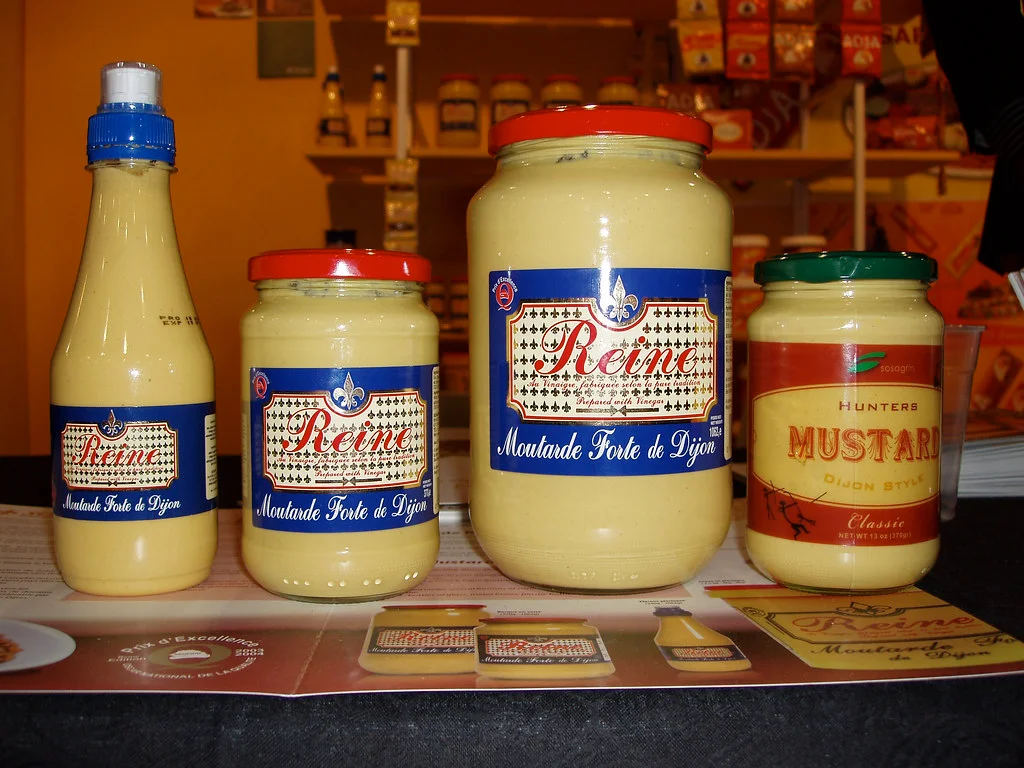
Dijon isn't just about heat, though. Its complexity comes from a unique
blend of ingredients like white wine and sometimes verjuice, a tart grape
juice. This gives it a subtle sweetness that balances the bite and adds a
layer of intrigue to every dish.
So, next time you crave a touch of French flair, reach for the Dijon. It's
not just a condiment, it's a flavorful journey to the heart of Burgundy,
ready to elevate your culinary creations with its vibrant kick.
Honey: Nature's Sweet Elegance
French desserts sing with the subtle magic of honey. This natural sweetener
isn't just about sugar; it's a melody of floral whispers, earthy tones, and
golden warmth. Think delicate pastries bathed in honey-infused glazes, their
sweetness harmonizing with buttery layers.
In the hands of a French chef, honey isn't just an ingredient; it's a
culinary storyteller. It evokes the sun-kissed fields, the buzzing of bees,
and the bounty of nature. Each drop adds a whisper of sweetness, a
brushstroke of golden warmth, transforming simple dishes into something
truly French.

Let it sweeten your desserts with a touch of soul, gild your vegetables with
a hint of sunshine, and add a unique layer of flavor to your savory
creations. It's a taste of French terroir, a sprinkle of sweetness that
speaks volumes.
Chocolate: The Sweet Epitome of Indulgence
In French cuisine, chocolate isn't just a treat; it's a sophisticated
seductress, weaving its dark magic into everything from decadent desserts to
surprising savory dishes.

Imagine the rich, bittersweet embrace of a chocolate ganache cake, its
layers whispering of luxury. Picture the delicate dance of a flaky croissant
studded with dark chocolate chips, each bite a burst of contrasting
sweetness and texture.
The French understand chocolate's potential. They don't shy away from its
intensity, instead harnessing it to create flavor symphonies that are both
sophisticated and playful. It's a testament to their culinary artistry, a
testament to their appreciation for the subtle nuances of taste.
Conclusion
With these essential pantry staples, you can embark on a culinary journey that
captures the essence of French cuisine.
These ingredients will open the door to a world of flavors that define the
artistry of French cooking.
Gather these essentials, unleash your creativity, and enjoy the magic of
French cuisine in the comfort of your own kitchen, whether you are a seasoned
chef or a home cook.

Post a Comment